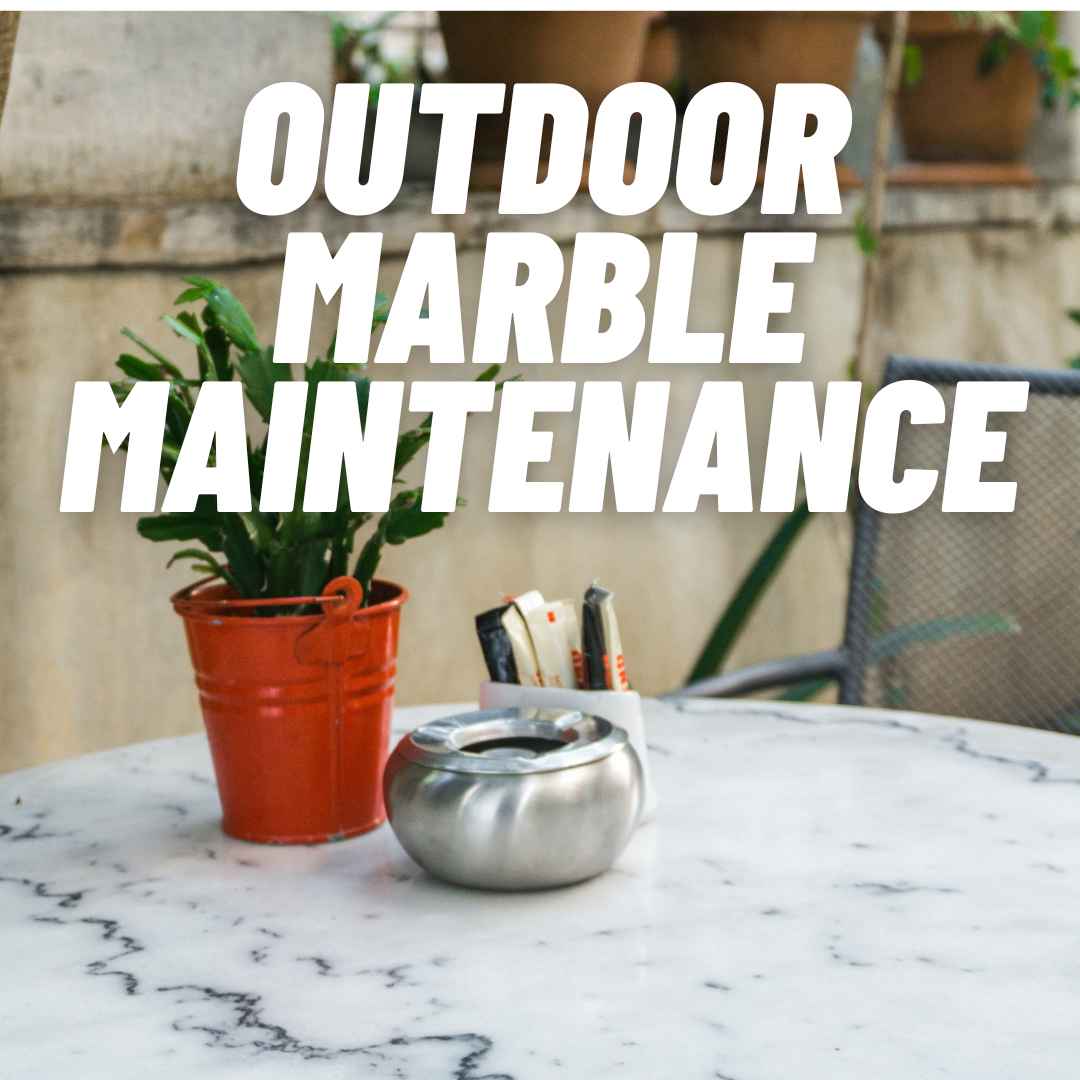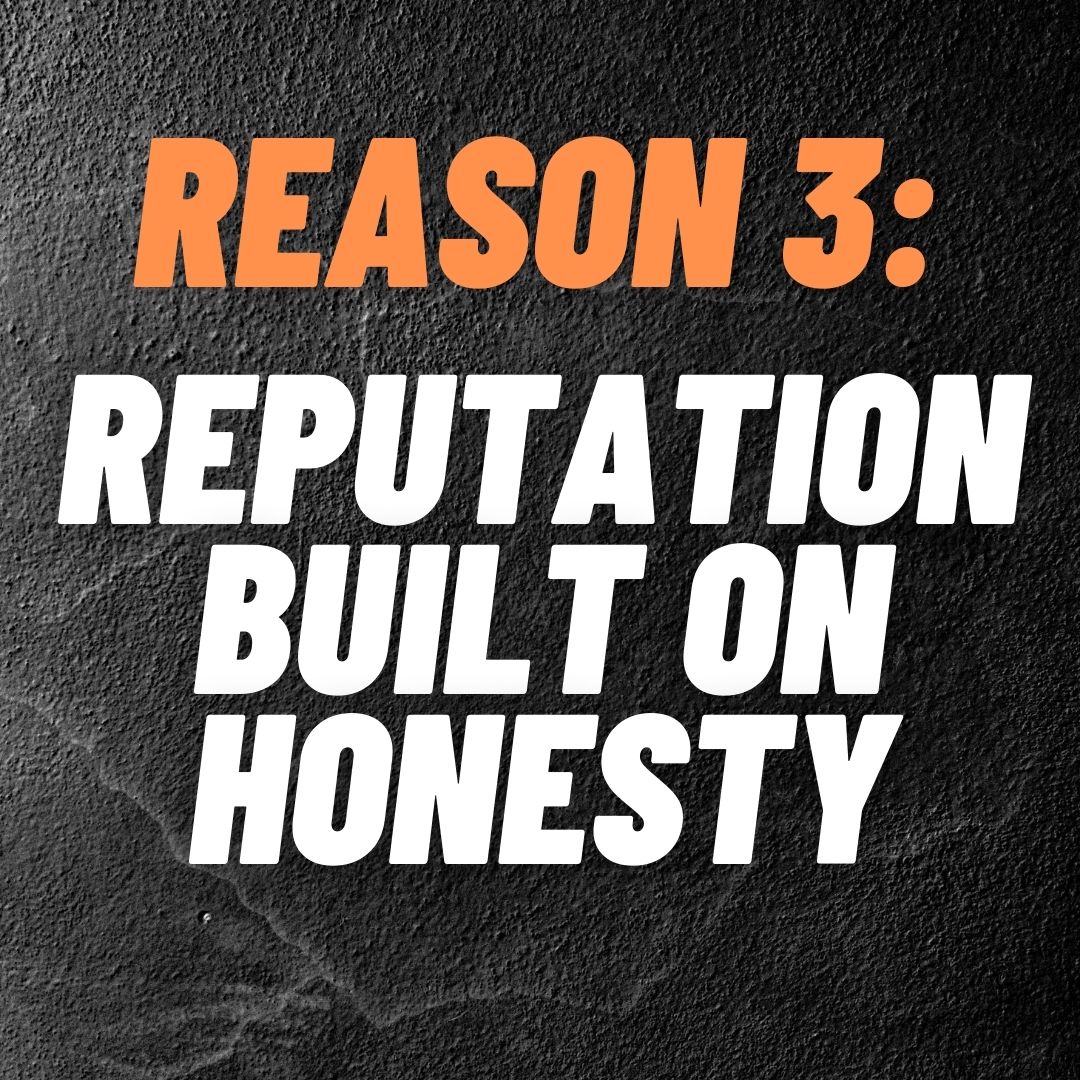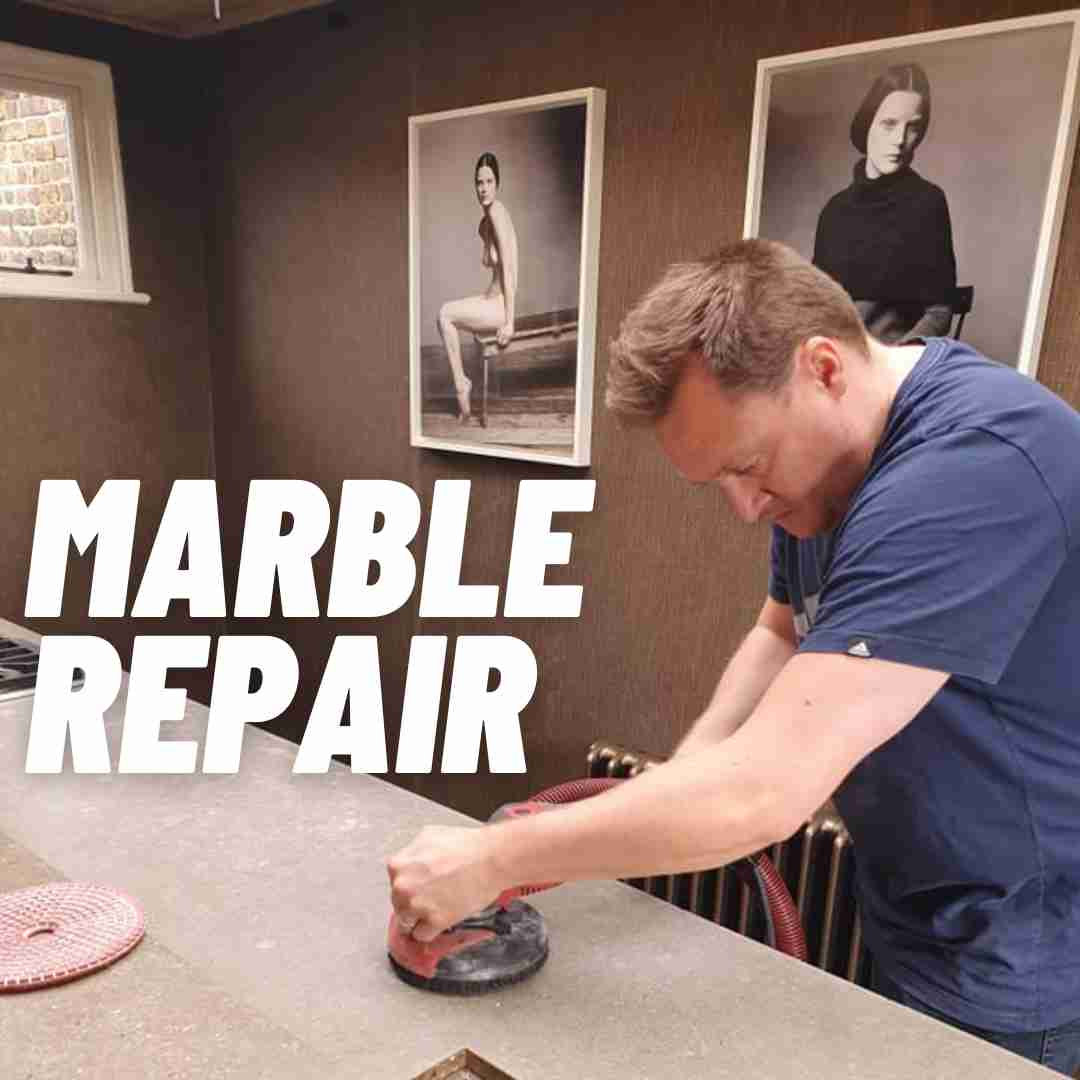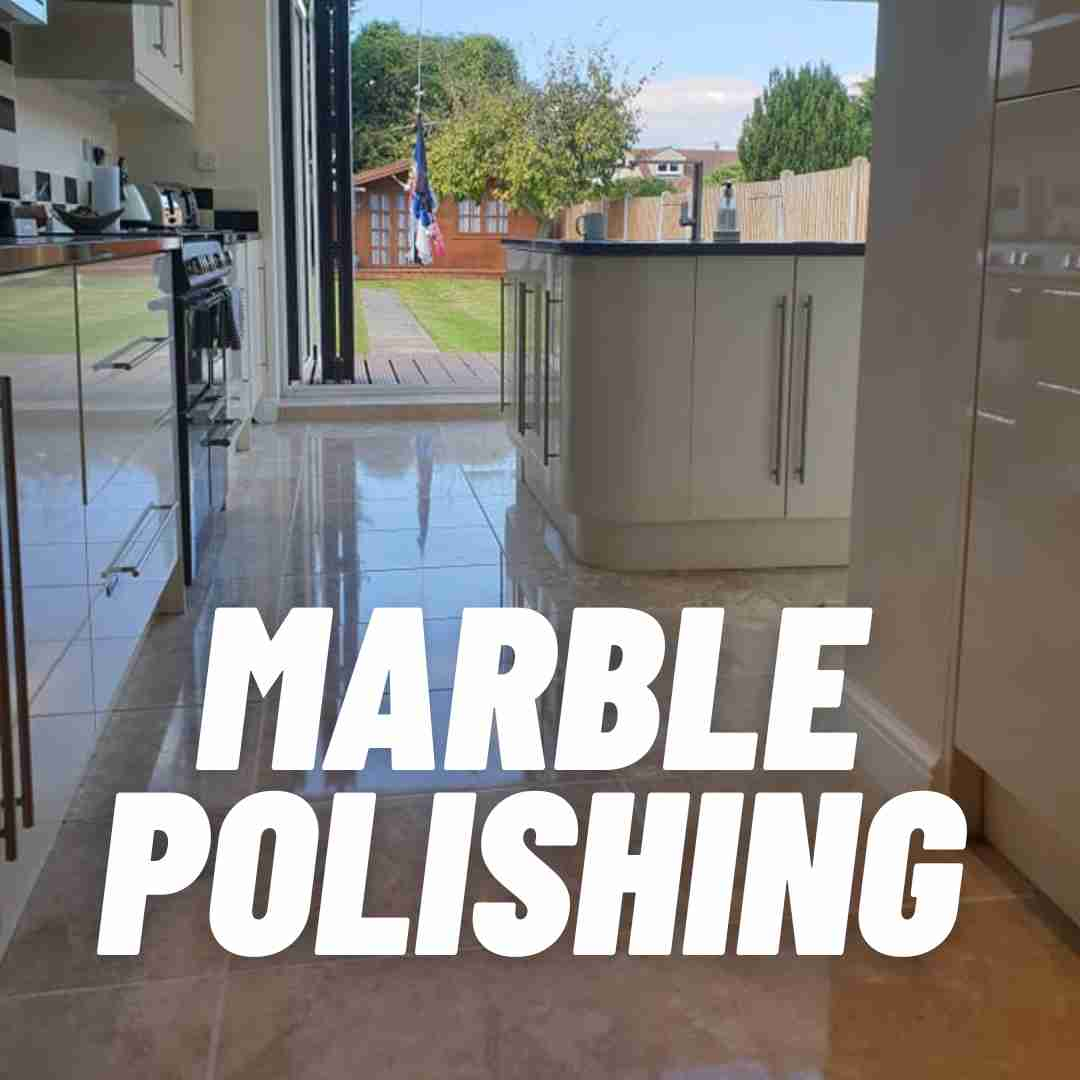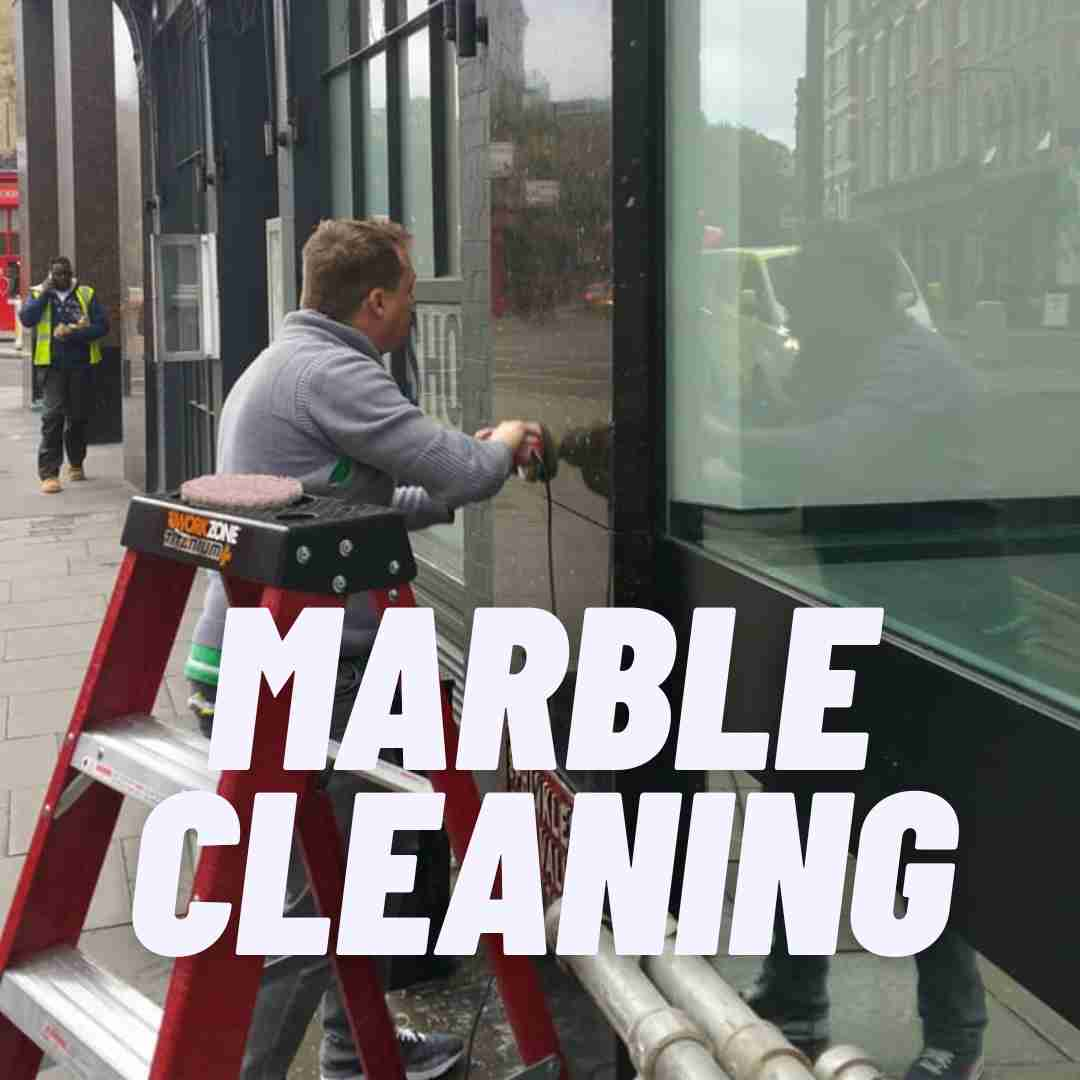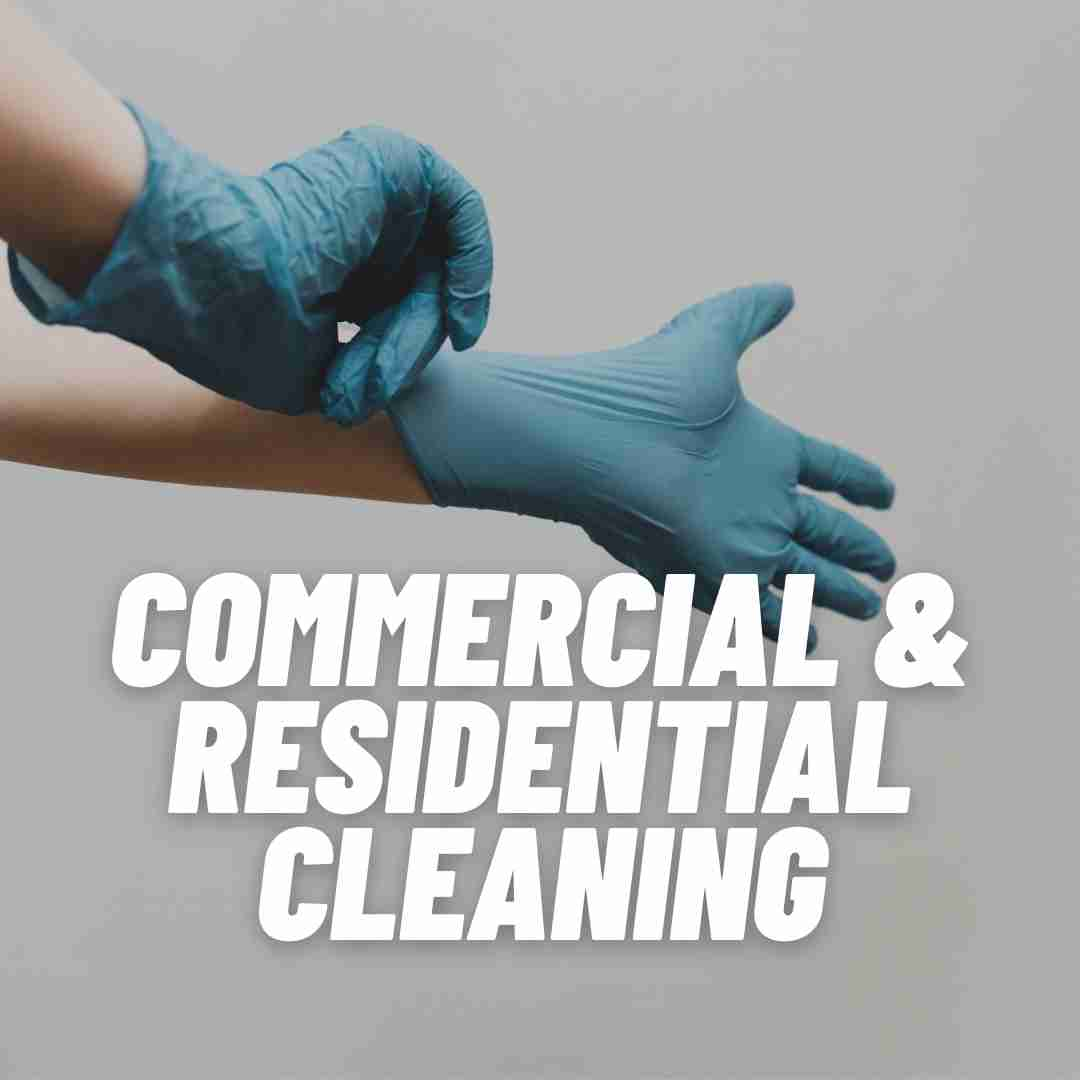Using Specialized Marble Cleaners for Tough StainsTo efficiently and safely
clean outdoor marble surfaces, it is essential to use specialized marble cleaners. These products are specifically designed to remove tough stains without damaging the marble's surface. Avoid using acidic or abrasive cleaners, as they can etch and dull the surface. Instead, opt for pH-neutral cleaners that are safe for marble. Apply the cleaner as per the manufacturer's instructions, and always test it on a small, inconspicuous area first.
The Role of A Good Drainage SystemA well-functioning drainage system plays a crucial role in maintaining the beauty and longevity of outdoor marble installations. By efficiently directing water away from the marble surfaces, it prevents water pooling, staining, and potential damage caused by freeze-thaw cycles. Ensure that your outdoor marble installation is provided with adequate slopes and drainage channels, allowing the water to flow away from the surface. Regularly inspect the drainage system, clearing any debris or blockages to keep the system functioning optimally.
The Benefits of Periodic InspectionsConducting regular inspections of your outdoor marble is an essential preventive measure to safeguard its appearance and longevity. Periodic inspections help to identify and address potential issues early before they escalate into serious problems. During the inspection, look for signs of wear, damage, or staining on the marble surfaces. Check for water pooling, which could indicate a drainage issue. Also, inspect the sealant on the marble, as it may need to be reapplied to maintain its protective barrier. Taking these precautionary steps will help ensure the lasting beauty and durability of your outdoor marble installations.
